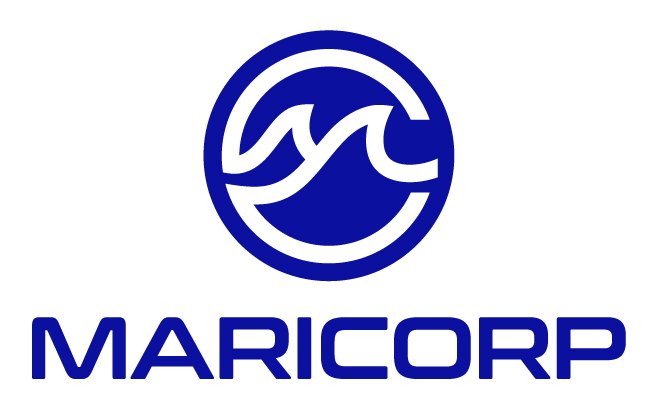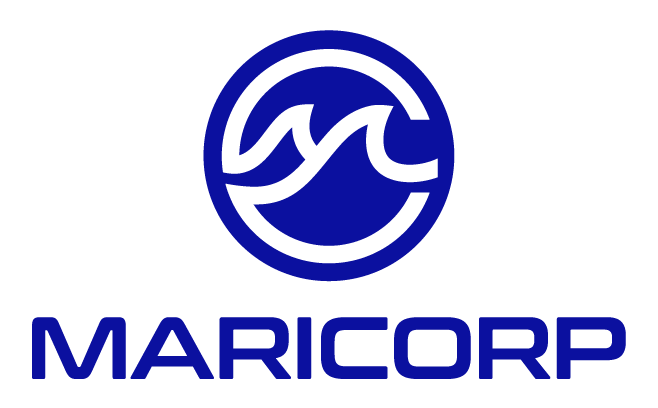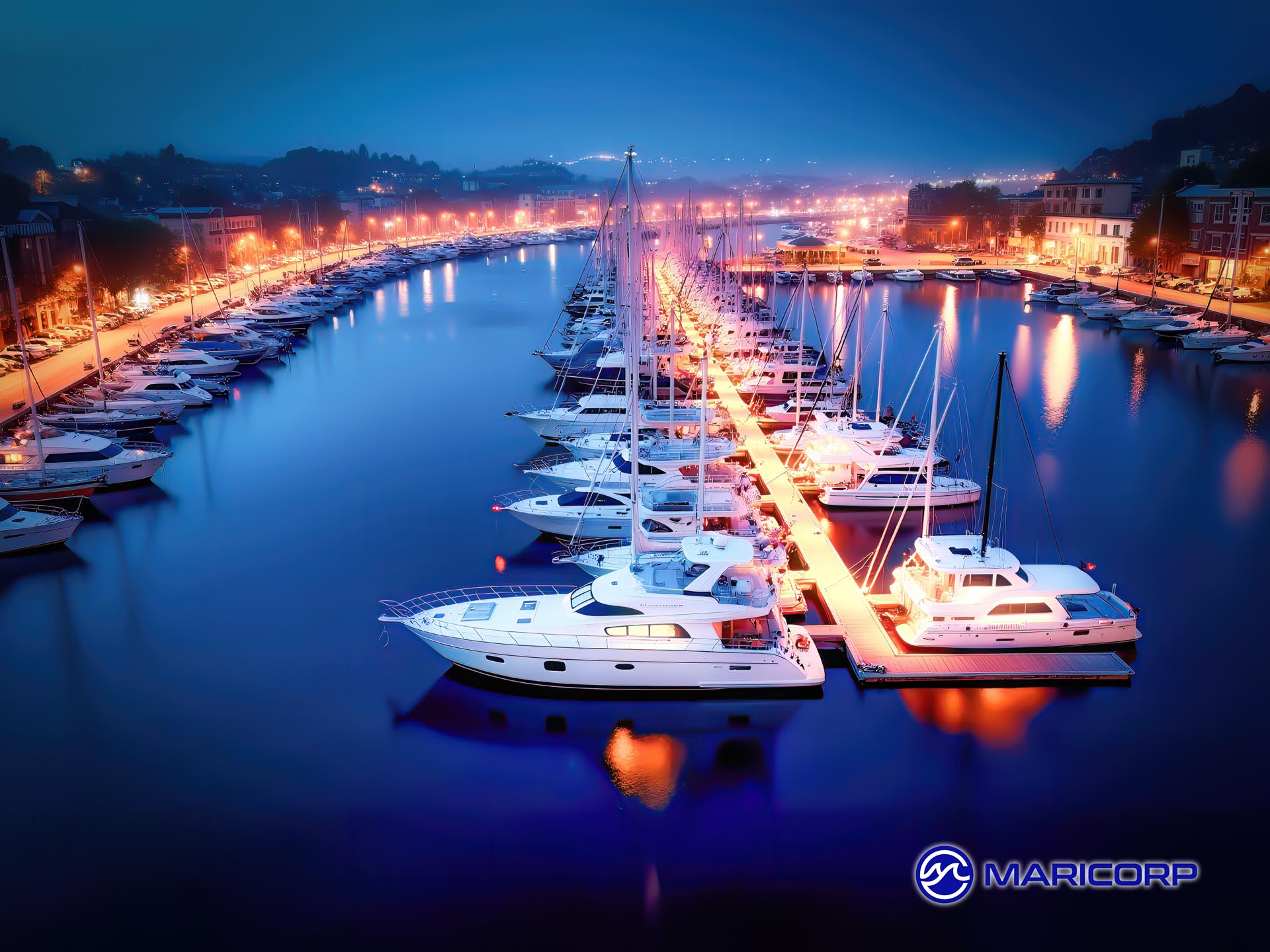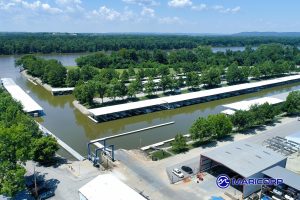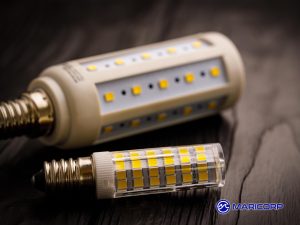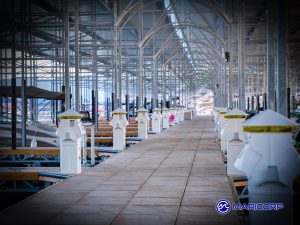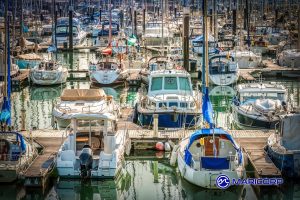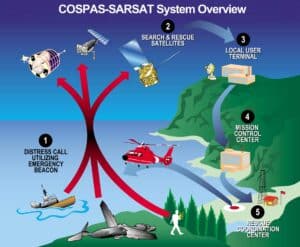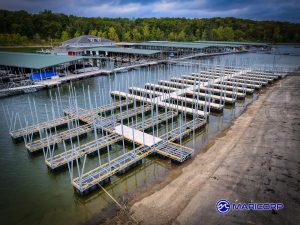8 After Hours Boating Safety Tips
The Unique Challenges of After Hours Boating
When the sun dips below the horizon, boating becomes more challenging and potentially hazardous. Reduced visibility, increased fatigue, and fewer vessels on the water can combine to create a deceptive sense of calm. In reality, after hours boating demands higher situational awareness, disciplined navigation, and a stronger commitment to preparation.
Unlike daytime operation, nighttime water safety relies heavily on anticipating risks rather than reacting to them. Common challenges include difficulty spotting unlit obstacles like docks, floats, and debris, and misjudging distances due to limited visual cues. Emergency response may also be delayed after dark, as many local responders operate at reduced capacity.
According to U.S. Coast Guard data, 25% of fatal boating accidents occur between 2:31 AM and 4:30 AM, highlighting the elevated risk of after hours boating, especially during undimmed stretches of darkness.
For marina operators and recreational boaters alike, the goal isn’t just to operate at night, but to do so safely, legally, and with confidence. Establishing clear expectations around nighttime water safety ensures everyone can enjoy extended hours on the water without incident.
1. Required and Recommended Navigation Lighting
Navigation lighting is foundational to safe after hours boating. The U.S. Coast Guard issues guidance on approved navigation lights, from red and green sidelights to white stern and masthead lights—through its official Navigation Lights Safety Alert, outlining proper installation, certification, and visibility standards under 33 CFR and COLREGS.
While these rules are mandatory, marinas can encourage guests to go beyond minimum requirements: adding stern-mounted LED floodlights, solar deck lighting, or reflective tape enhances safety when docking or boarding after dark.
Operators should routinely inspect navigation lights before sunset, checking for proper function and placement. Marina staff can support by offering evening “light check” services, carrying spare bulbs in the office, or providing simple lighting kits in the marina store. These steps reinforce nighttime water safety and signal a commitment to responsible, safe boating practices.
2. Visibility Gear for Operators and Passengers
When boating after dark, it’s crucial for both operators and passengers to be easily spotted in low-light conditions. Outfitting guests with U.S. Coast Guard–approved life jackets featuring reflective trim or integrated strobe lights significantly improves visibility. For enhanced safety, especially on crowded marina docks or during holiday evening departures, consider gear such as reflective shoulder panels and waist-mounted clip lights.
For the operator, a quality headlamp with red-light mode preserves night vision while enabling hands-free tasks. Small waterproof lights clipped to jackets or railings offer additional visibility. When paddlecraft or small tenders are involved, enabling radar reflectors and mounting high-visibility flags makes them more visible to larger vessels.
A helpful reference for vessel lighting strategies is the BoatUS Foundation’s night safety checklist, which outlines best practices for gear that supports safer after hours boating.
3. Communication and Weather Tools
Reliable communication tools are a cornerstone of nighttime water safety. A properly functioning VHF marine radio capable of monitoring Channel 16 is essential for contacting other vessels or alerting the U.S. Coast Guard in emergencies. The Coast Guard’s Radio Information for Boaters page outlines those critical compliance details and operational.
Prior to departing after dark, operators should also file a float plan, ensuring someone on shore knows your estimated return window. Float Plan Central, managed by the U.S. Coast Guard Auxiliary, offers an easy online submission process.
Weather monitoring remains a critical element when daylight fades. Rather than relying on apps alone, boaters and marinas should bookmark the NWS Marine Weather Forecast page, giving access to real-time marine weather updates, forecasts, and warnings for coastal and Great Lakes regions. Posting a QR code at docks and launch sites can help guests quickly access accurate weather data, reinforcing the importance of checking conditions before night departures.
4. Common Night Hazards and Collision Prevention
Even familiar waters can become unfamiliar after dark. Navigation markers, mooring balls, no-wake buoys, and floating debris are often difficult to spot, especially when ambient light is limited or shoreline lighting creates glare. Collisions with unlit or poorly lit structures remain a leading cause of nighttime incidents.
To improve nighttime water safety, operators should reduce speed, maintain a sharper lookout, and use both visual and auditory cues. The U.S. Coast Guard Navigation Center recommends assigning a second crew member as a designated night lookout whenever possible. Binoculars with built-in light filters can improve object detection, and GPS with track overlay can help operators anticipate fixed hazards like shoals, bridge pilings, or breakwaters.
Marinas can support safe navigation by clearly marking approach channels with reflective signage and encouraging transient boaters to arrive before dusk. During summer events or fireworks displays, assigning staff to monitor incoming traffic or anchor field behavior can prevent unnecessary incidents, especially around tight slips or fuel docks.
5. Alcohol, Fatigue, and Operator Awareness
While boating under the influence is dangerous at any time, its effects are amplified at night. Reduced visibility, slower reaction times, and increased reliance on sound or instrument cues make intoxicated operation especially hazardous. According to the U.S. Coast Guard’s 2023 Recreational Boating Statistics, alcohol was the leading known contributing factor in fatal boating accidents, accounting for 17% of deaths.
Fatigue can have a similar effect. Operators who have been on the water all day, especially in the sun, may experience dehydration, reduced focus, and impaired judgment by nightfall. That’s why marinas should encourage frequent rest, proper hydration, and clear policies discouraging alcohol before night operations.
Offering complimentary bottled water at launch ramps, posting safe boating reminders at marina exits, and including anti-fatigue and BUI tips in pre-departure packets all contribute to a culture of after hours boating safety. When night operation is treated with the same seriousness as trailering or fuel handling, guest behavior naturally becomes more cautious and informed.
6. Fueling, Docking, and Launch Protocols at Night
Routine marina tasks such as refueling, launching, or docking—become more complex after dark. Shadows can obscure dock features, and glare may distort depth perception. Even experienced boaters benefit from structured procedures during after hours boating.
To reduce risks, marinas should ensure high-traffic areas have adequate low-glare, marine‑rated LED lighting. Reflective signage should clearly identify dock numbers, fuel lines, pump-out stations, and emergency shutoffs. Assigning dock attendants equipped with handheld lights or radios helps guide boats into slips and prevents confusion or collisions.
Providing night docking guides, digital or printed, with diagrams of slip layouts, lighted pathways, and VHF contact channels supports guest navigation after dark. Solar-powered dock path lighting further improves safety without excess energy use or noise pollution. These enhancements enhance nighttime water safety while maintaining marina aesthetics.
7. Supporting Paddlers and Non-Motorized Craft
The rise in kayak, SUP, and canoe usage, especially on summer evenings, has created new considerations for marina safety protocols. These vessels are often silent, low-profile, and poorly lit, making them especially vulnerable after dark.
According to U.S. Coast Guard guidance for paddlecraft, vessels under oars or paddles must carry “a white light or lantern which shall be exhibited in sufficient time to prevent collision.” The Coast Guard further recommends using 360-degree white lights or LED beacons to increase visibility.
Marinas can assist paddlers by establishing quiet launch zones away from powerboat ramps and designating return deadlines that encourage earlier retrieval. Signage and safety reminders at kayak launches should emphasize lighting rules, life jacket use, and audible signaling devices. Encouraging paddlers to download the Float Plan app adds another layer of situational awareness, especially during after hours boating.
Offering reflective paddle leashes, glow-stick kits, or clip-on LEDs in marina shops shows a proactive commitment to nighttime water safety, especially in mixed-use harbors. Where feasible, organizing group paddles with a lead escort vessel can be an educational and community-building activity that also models best practices.
8. Marina Responsibilities and Guest Messaging
While much of nighttime boating safety depends on the operator, marinas play a crucial role in framing behavior through environment and communication. Thoughtful design, clear messaging, and knowledgeable staff all contribute to reducing risk and encouraging vigilance in after hours boating.
Marinas should weave reminders into reservation messages and check-in materials with cues like “Check Navigation Lights at Dusk” or “File a Float Plan for Night Trips,” reinforcing core nighttime water safety principles. An inviting resource, like the GEICO Living article on “Tips for Safe Boating at Night”, offers guests practical, easy-to-read advice ideal for sharing via QR codes or printed materials.
Operationally, staff training is critical. Front-line employees should be familiar with nighttime procedures, including light inspections, nighttime VHF radio usage, and assisting with docking in low light. A simple logbook noting after-dark departures helps maintain awareness of activity on the water.
Hosting focused night clinics, such as “Emergency Docking After Dark” or “VHF Radio Use for Night Operators,” positions marinas as community leaders. These events signal that after hours boating requires special attention, and that the marina is committed to providing tools and support for safe night operations.
A Safe Night Begins at the Dock
After hours boating brings a unique sense of peace, adventure, and connection, but also elevated risks that require deliberate attention. Operators who prepare their vessels, plan their trips, and observe visibility and communication protocols can navigate confidently even when the sun dips below the horizon. Marinas, in turn, serve as the backbone of safe nighttime operations—offering tools, guidance, and a shared commitment to safety.
Whether you’re setting out for a moonlight cruise, returning from dockside fireworks, or wrapping up a twilight paddle, nighttime water safety starts with readiness. The more each boater and marina operator treats after-dark boating as its own environment with specialized risks and solutions, the safer and more enjoyable it becomes for everyone on the water.
Additional Articles:
Related Safety Articles
*Sign up for our free newsletter “Marina Management Journal” so you can stay up to date
About MariCorp
Maricorp is one of the largest floating boat dock manufacturing and construction companies in the United States, specializing in galvanized steel floating docks and boat lift systems. With projects spanning coast-to-coast, Maricorp provides marina consultation and design, marine construction, marina repair and renovation, and boat dock disaster response and demolition.
